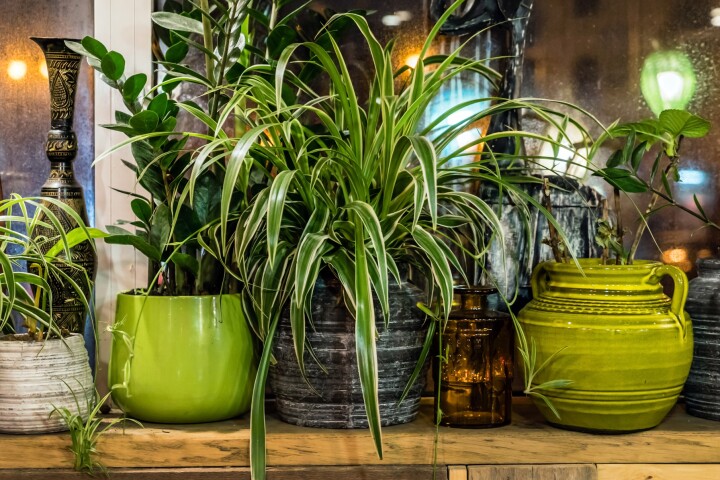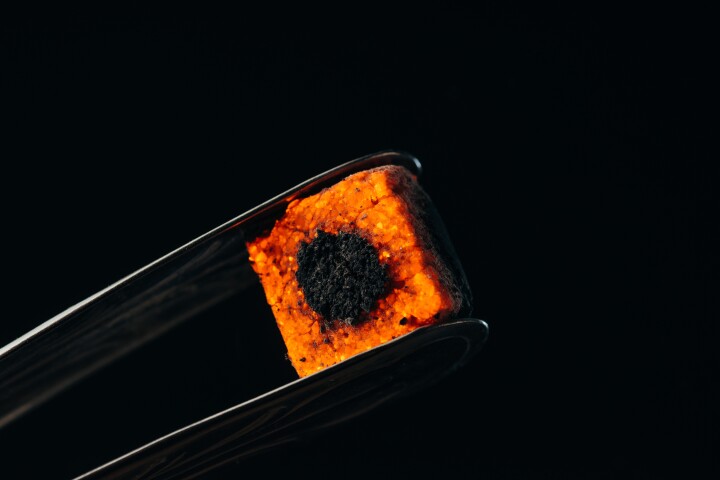Studio Gang's highly anticipated US$155 million Arkansas Museum of Fine Arts (AMFA) project has finally opened to the public, following a painstaking renovation and extension of the aging museum, including an interesting pleated roof that helps reduce its overall energy use.
Studio Gang's vision for the museum was focused on bringing together a collection of eight separate buildings that were added over its 87 years of operation. The firm also reestablished its original Art Deco facade and added an eye-catching light-filled central space. The interior design is tasteful and subtle throughout, with polished concrete floors echoing the attractive timber and stone ceilings, while also improving access to the museum's gallery spaces.
"The signature design gesture of the transformed AMFA is its central addition, an organically curving, naturally lit connective space that links the 1937 Entrance to the north with the new Park Entrance to the south," explained Studio Gang. "Its 5,270-sq-ft [489-sq-m] triple-height Atrium allows for a seamless flow of people and art through the museum, distinguishing each of AMFA's key areas of programming and intuitively guiding guests between the spaces.
"The central addition's distinctive, 'blossoming' roof is an innovative, folded-plate structure made of cast-in-place concrete that spans the entire length of the building from north to south. Stepping down in height with the site's topography, its clerestory windows fill the interior of the museum with natural light, while its sheltering overhangs protect from the heat of the sun."

The renovation has received the LEED Silver green building standard for its sustainability. Studio Gang attempted to reuse as much of the existing materials as possible, including the original structure and foundations, which are made of concrete and steel, as well as some masonry, precast concrete, and metal facade sections.
As mentioned, the innovative pleated roof overhangs to shade the interior of the museum, reducing solar heat gain and minimizing energy use required for mechanical cooling. Its form also directs rainwater to gardens in and around the museum, as well as capturing it in a storage area for irrigation use. Energy efficient underfloor radiant heating and cooling keeps the interior a comfortable temperature. Additionally, the landscaping is significant and reintroduced magnolia groves and other native plants and trees on the site.
The AMFA project was undertaken in collaboration with Polk Stanley Wilcox Architects and landscaper SCAPE. Studio Gang is set to have a big year for museum design as the firm is also nearing completion on its sculpted American Museum of Natural History.
Sources: AMFA, Studio Gang








